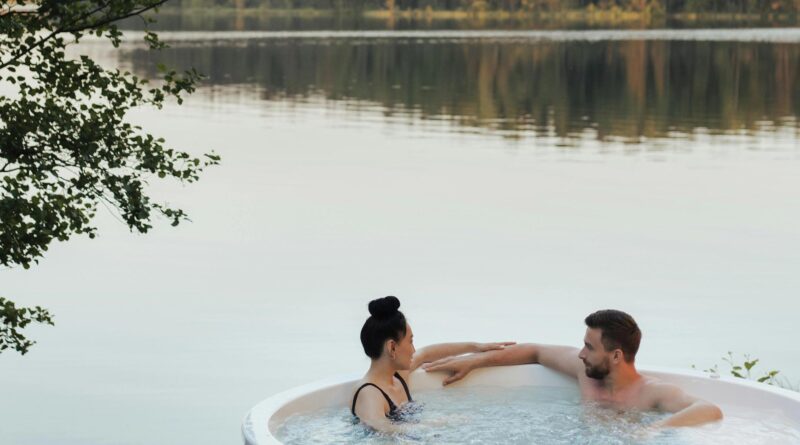Properly Draining A Hot Tub
Did you know there is a right and wrong way to drain your hot tub?
The wrong way harms aquatic environments and can result in large fines. Check your municipal bylaws, provincial building codes and public health unit to verify the regulations in your area.
General guidelines for draining a hot tub:
• Never drain hot tub water into your lake. Hot tub water can contain chemicals including bromine, chlorine, salt, algaecides and nonylphenols. These can be toxic to fish, amphibians, birds, aquatic plants and more.
• Don’t drain your hot tub water into the street or storm sewer/drain. This water won’t receive treatment and often ends up in a local water body where it can harm aquatic life.
• Don’t add chemicals to your hot tub two weeks before draining it, and make sure to leave the cover off. This will allow chlorine and bromine to evaporate. If needed, use a dechlorination tablet in the hot tub water and let it sit for at least one week to help remove the chlorine. Running the pump to circulate the water can also help.
• Use test kits to make sure chemical levels are as close to zero as possible.
Disposing water from a chlorinated hot tub:
• Once the chemicals have been removed, drain the water onto your lawn or garden in small batches over a few days to be absorbed and filtered.
• Make sure the water doesn’t go toward your house, your neighbour’s property, the road, a storm sewer or water body.
• If it’s raining or the ground is wet, wait until it dries up. Your hot tub water won’t absorb into the ground.
• Another option, if you are connected to a city sanitary sewer system, is to drain the water into a laundry sink or another drain that’s connected to this system. This will allow the water to be treated.
Disposing water from a saltwater hot tub:
• Don’t drain water from a saltwater hot tub onto your lawn as salt levels can kill your grass.
• This water can be hauled away by a Ministry of the Environment and Climate Change-approved hauler.
• Another option is to discharge the water into the sanitary sewer system using a connection such as a laundry sink or floor drain. It’s best to do this during non-peak times.
If hot tub water, chlorinated or salted, goes into a storm sewer, lake, stream or river, this needs to be reported to your provincial and municipal authorities.
For more information on how you can show your lake some love, visit LoveYourLake.ca. Love Your Lake is a shoreline assessment program developed by the Canadian Wildlife Federation and Watersheds Canada.
Written by Terri-Lee Reid, Freshwater Researcher
with the Canadian Wildlife Federation




